Top 10 French Riviera Hotels: The Castle in the Sky to Visit before you Die - Château de la Chèvre d’Or

A few months ago I stayed at Château de La Chèvre d’Or located in Eze, France. Eze is a 4,000 year old medieval village between Monaco and Nice in Côte d’Azur carved on the side of the cliff jutting towards the azure skies and turquoise glimmer of the Mediterranean sea. It is breathtakingly stunning and exceeds the beauty of Santorini. Eze has steeper incline, magical nooks and crannies in the streets which were used to navigate the whole village on a donkey back in ancient times.
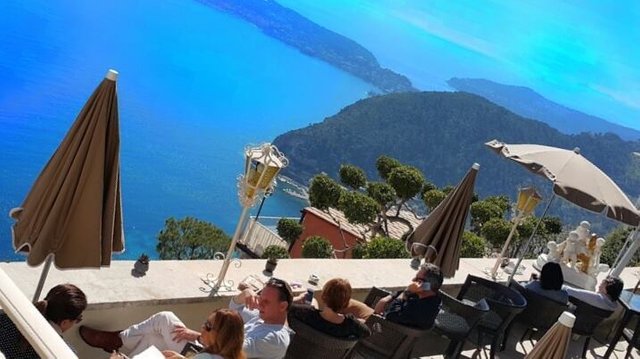
Eze is an enchanting place with a unique story to tell. One folk tale says that a shepherdess sells goat cheeses, and hid her earnings in the house. After she passed away, the new owner found the gold coins. Hence, they named it Chèvre d’Or which means “golden goat”.
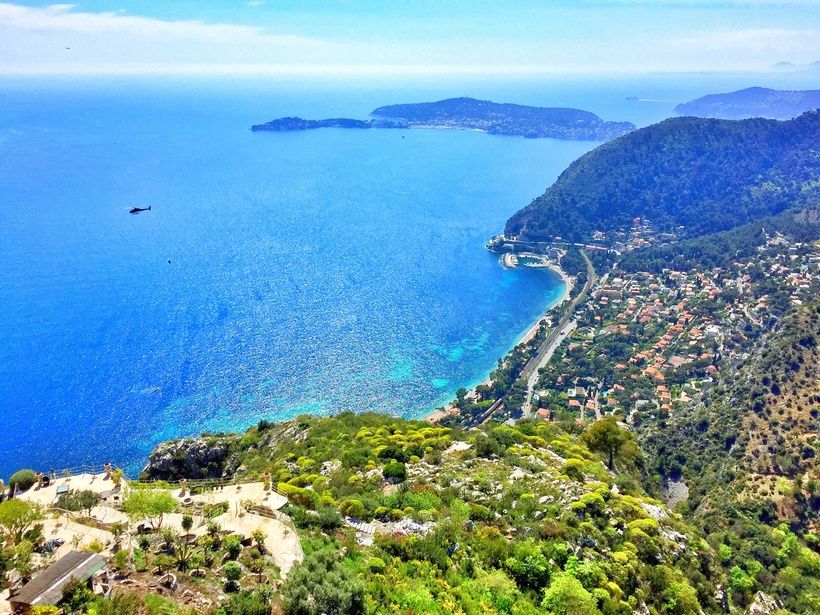
Enthralled by its beauty, Robert Wolf purchased the Château de La Chèvre d’Or property in 1953. He converted it into a restaurant. One of its first guests was Walt Disney, who stayed for 3 months and advised Wolf to turn it into a hotel. Now, the hotel occupies half of the village. It has 39 guest rooms, and no two rooms are the same. It also has suites including a presidential suite.
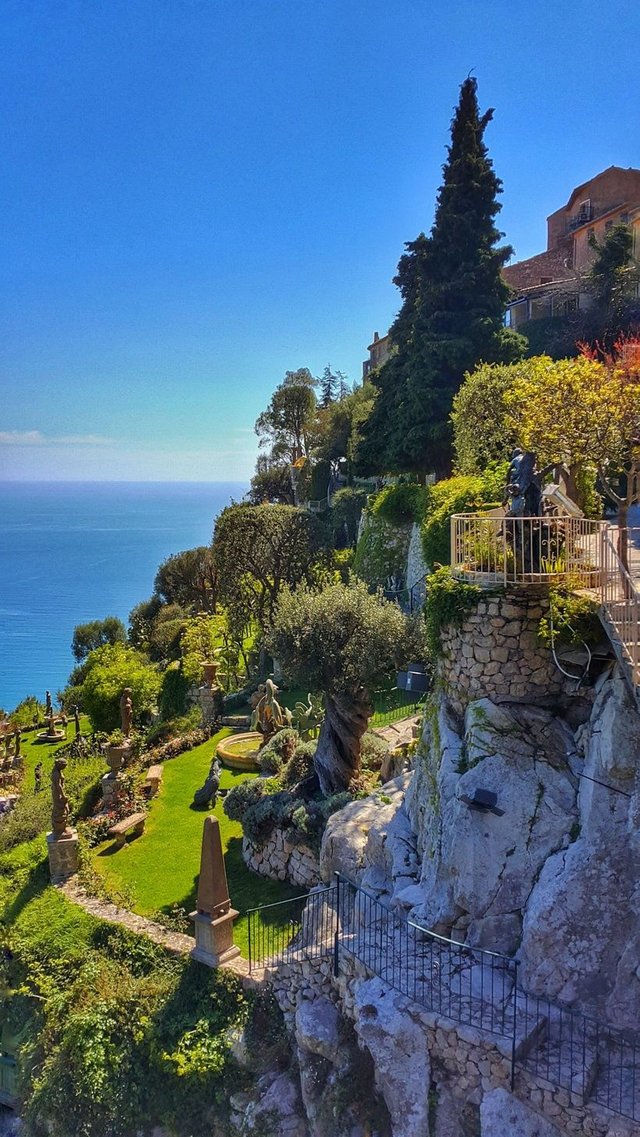
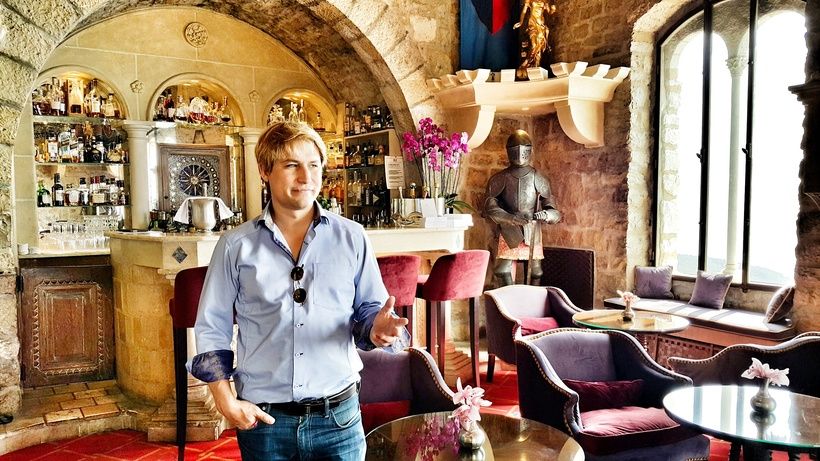
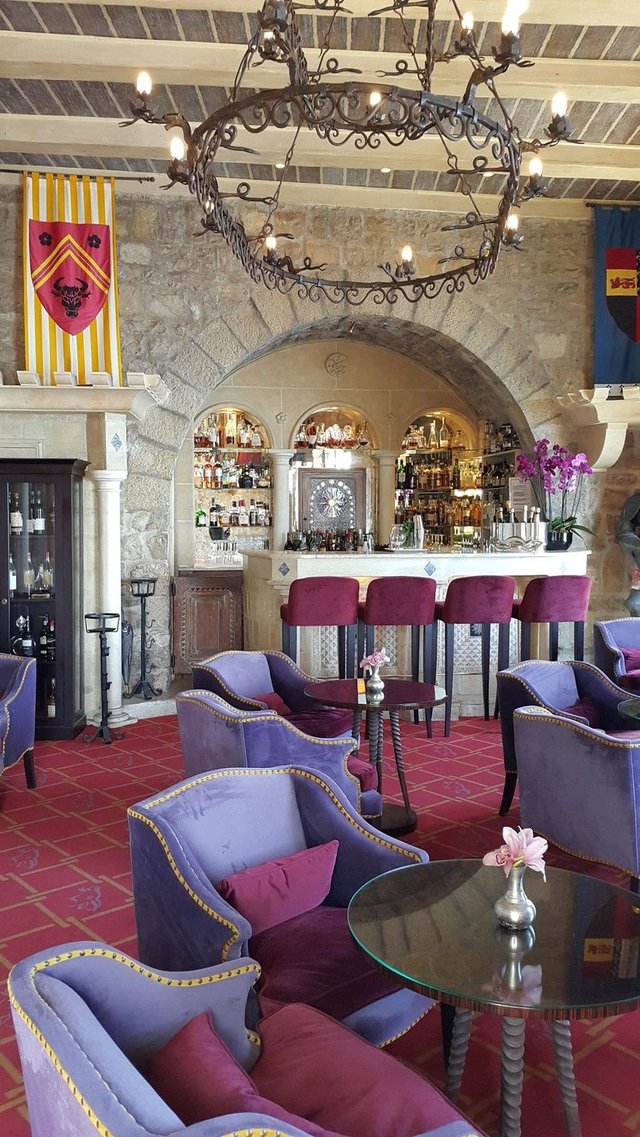
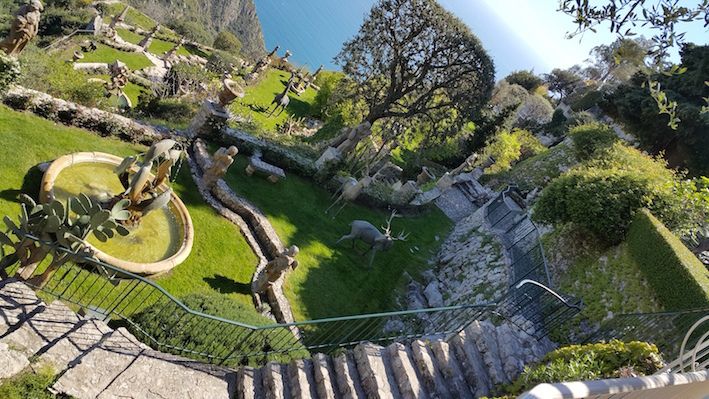
The hotel used the advice of Beatrice Ephrussi de Rothschild, the owner of Villa & Jardins Ephrussi de Rothschild, which is only 20 minutes away, to create several dozens of enclave and hanging step gardens surrounding the hotel. Each garden is endowed with bronze and stone statues, as if you are walking through the eerie gardens of the White Witch in The Chronicles of Narnia. Yet, it is also richly charming during the daytime when I arrived.

The gardens of the Chateau caught me by surprise. Life-size replicas of the terracotta army of the late Qin Shi Huang Di, the first emperor of China, dot the edges of one of the gardens along the cliff as if guarding the village except that they are facing the Chateau instead of looking towards the sea below. The Asian design influence might have come from the Chinese traders plying the Silk Road way back in the Han dynasty (207 BCE – 220 CE). These merchants, in great probability, have interacted with the people in Eze. The Mediterranean Sea is part of the sea route of the Silk Road as they ventured into Europe.
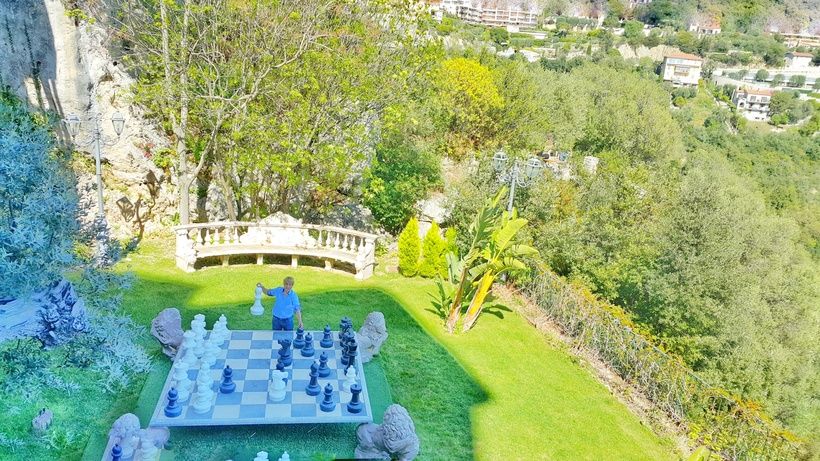
My travels have taken me castle hunting several times throughout Europe over the last decades as I hail from Sweden and now live in New York. The cobblestoned streets, as well as the tavern-like restaurants and bars here in Eze, make this the most spectacular castle and hotel location I have ever visited. At night, the cobblestoned streets are bathed in warm golden light. You feel as if you are transported back in ancient times.

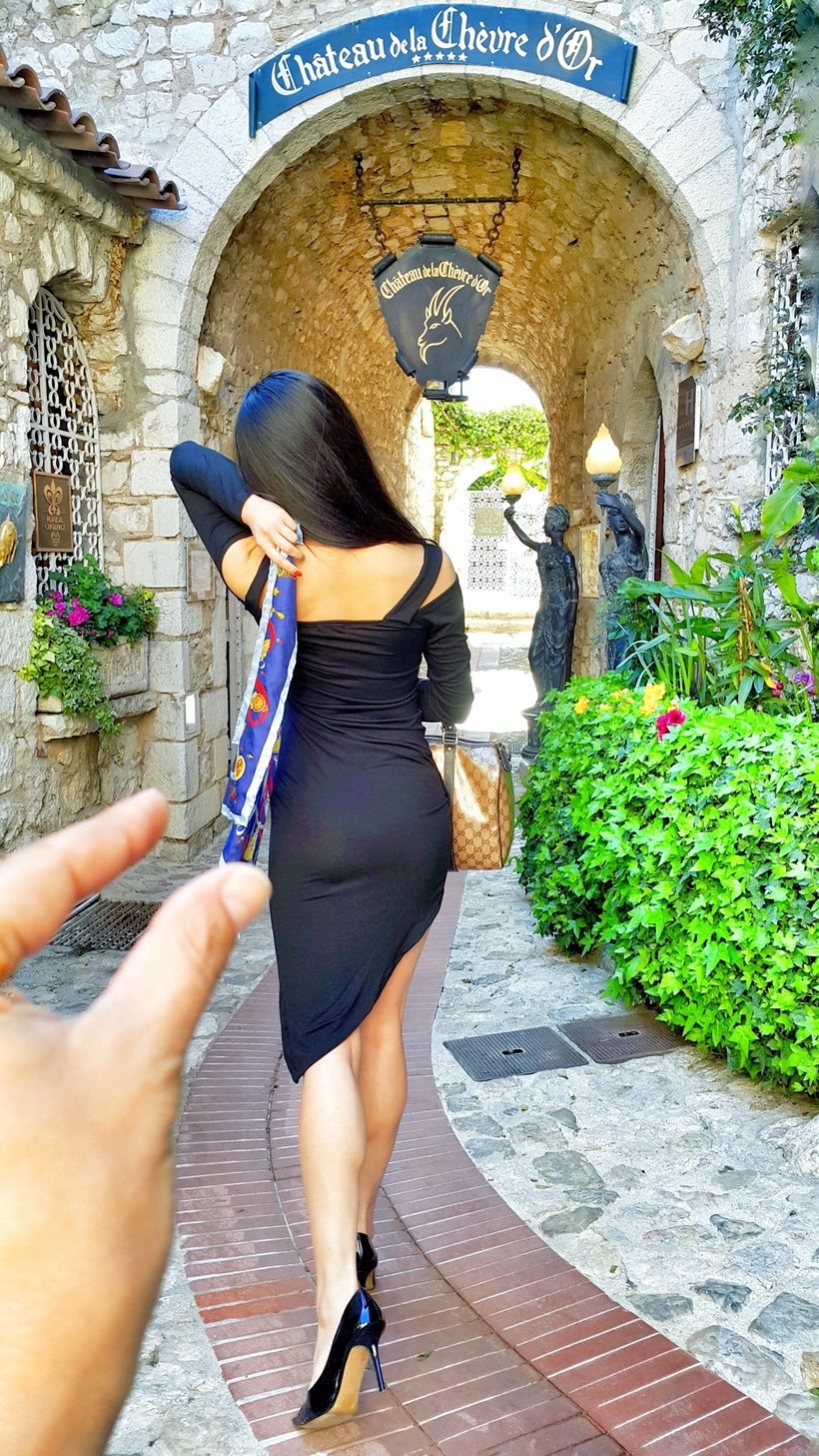
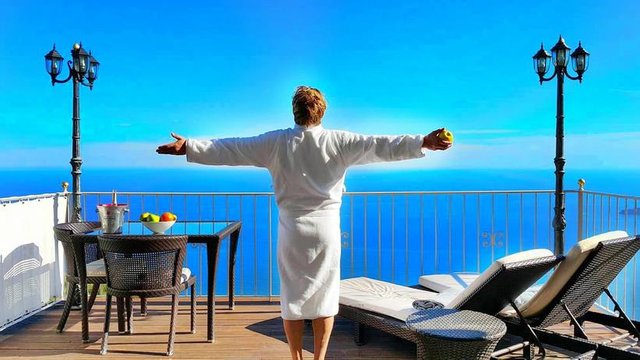
@drakebit
Great writeup!
Keep sharing great content.
THanks!!
Glad you enjoyed this article!